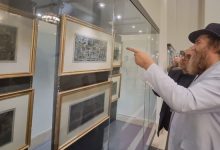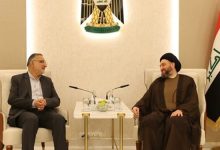What do the statistics say about the progress of women’s participation?
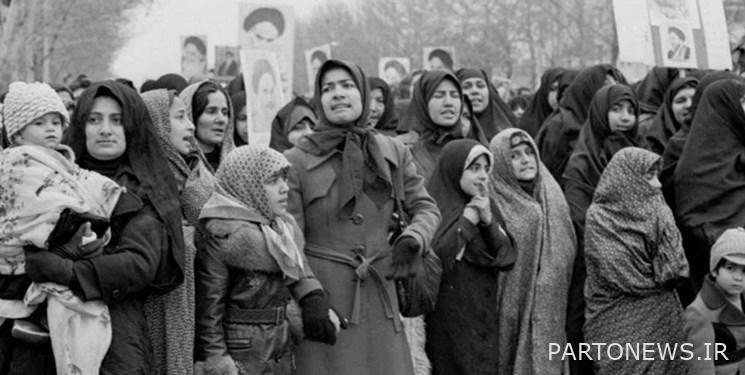
Family group: It is no exaggeration to say that the social presence of women in social and political positions before the Islamic Revolution, if it led to harems during the Qajar period, was nothing more than charming dancers in nightclubs. Even in the art world, actresses were the only naked charmers to carry the erotic burden of the film for further sale, and eventually their nude and semi-nude photos were printed on the covers of yellow magazines. Statistics show that the participation and political and social presence of women after the revolution took a more serious form from the artificial and orderly form, and this issue was quite evident in the corners of speeches and even the political life of Imam Khomeini. Imam Khomeini was one of the important members of the group of the late Marzieh Hadidchi Dabbagh in the delegation he sent from Iran to the Soviet Union to deliver his letter to Gorbachev. An active and passionate woman who even commanded the Islamic Revolutionary Guard Corps in Hamadan province.
On the pretext of the 43rd glorious anniversary of the Islamic Revolution and the Fajr decade, we spoke with Dr. Hossein Sheikhzadeh, a doctor of political science and a member of the university’s faculty, about the extent of women’s political and social participation after the revolution.
When we talk about political and social participation, first of all, what is the role and importance of participation in maintaining governments, in the efficiency of political systems, and in serving the people? And what do we mean by participation and what are the examples of participation?
Democratic systems are based on the presence of the people. Either these systems are based on and arise from revolutions that take place in the presence of the people, or they are in the form of peaceful regime change, which is also done with the support of the people. Therefore, the presence of the people is first and foremost the creator and agent of the formation of democratic governments. Democratic governments, on the other hand, are run by the people; That is, not only are they created by the people, but they are also run by the people and serve the people. Therefore, it is said that democracy is the rule of the people, by the people, for the people. In all three areas, people are the original.
In Islam, too, people have a fundamental place. That is, in addition to Western democracy in religious democracy, we see the same position for the people. Imam Ali (AS) was an Imam for 25 years but was not a caliph. After these 25 years, when they accepted the caliphate, they said that if it were not for the presence of the people, I would not have accepted this responsibility. That is, the presence of its people is the founding factor of the government.
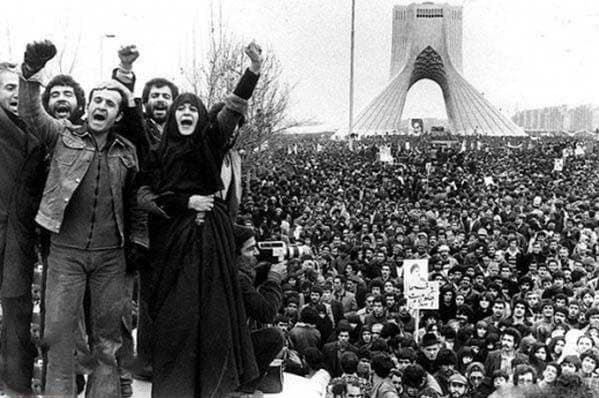
On the other hand, the government is run by the people. Both in the rule of the Prophet (PBUH), consulting with the people was one of the main methods used by the Prophet (PBUH) and was the political tradition of the Prophet (PBUH) and in the time of Imam Ali (AS). These are ideal Islamic governments. In the history of Islam, there have been other governments that ruled in the name of Islam, but they were not the ideal Islamic government. We must give examples of ideal governments.
The same is true in the Islamic Republic, which I will explain later. But we must know that the government in Islam is for the people. Basically, in Islam, the purpose of creation is human happiness and perfection. Religion has come to facilitate human well-being, and politics, which is part of religion, still has that purpose. However, this goal is slightly different from the goal of Western democracies. That is, there the government may be responsible only for the material and worldly affairs of the people, such as order, discipline, welfare, employment, and so on; But in Islamic government, in addition to these, and above all, the government is responsible for spiritual progress, perfection and human well-being. This is the great goal of Islam and other goals are important tools to achieve this goal.
What do we mean by “socio-political participation” now?
Examples of political participation include participating in elections as both a voter and a candidate, participating in rallies in support of the government, forming political parties and organizations, publishing newspapers, websites and content in cyberspace in the current era, and generally any activity that involves Policy, transparency and oversight help, these are partnerships.
Participation in the areas of treatment, health, social harm remediation, social work, finance and the creation of support funds and support for orphaned families and orphaned children are considered social contributions. According to our culture and in our country, these are the most important examples of social participation.
Political participation is also clear. The same discussion of being elected and being elected, criticizing officials, transparency, public and public oversight, and enjoining the good and forbidding the evil in the political sphere – which is also in the social sphere. Enjoining the good and forbidding the evil is one of the main examples of political and social participation in Islam.
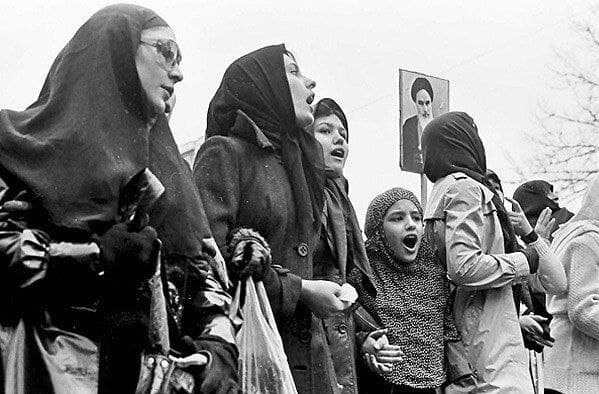
Our main discussion on this issue is the political participation of women after the revolution and comparing it with before the revolution. What are some examples of the changing state of women’s political participation after the Islamic Revolution?
The first change was that the legal and political grounds for this participation were provided in the Islamic Republic. That is, the Constitution of the Islamic Republic raised the issue of equality between men and women. This development was a fundamental step in women’s participation, honoring the family and the status of women based on the Holy Quran, which was proposed in the constitution and was implemented in practice without any interruption from the beginning of the revolution. It was not as if 10 years had passed since the victory of the revolution and we would have given women the right to vote or the right to be elected, for example. Rather, from the very beginning, both men and women were given the right to vote, that is, the right to vote, as well as the right to be elected in various fields.
This was the first step and in fact the first move that the Islamic Republic made in favor of women’s political and social participation.
The second was that women were able to exercise their rights and enter the socio-political arena in the light of this legal equality. In some periods, we had up to 17 women representatives in the Islamic Consultative Assembly. One might argue that these 17 people are a small percentage compared to the period when we had 270 representatives or now that we have 290 representatives. Yes! This is still a matter of progress. However, the issue is that among the candidates, the number of women was more than the number of members of parliament. This means that the percentage of female candidates is much higher. This is political participation. That is, women have somehow contributed when they can run, express their opinions, come up with ideas, and come up with solutions.
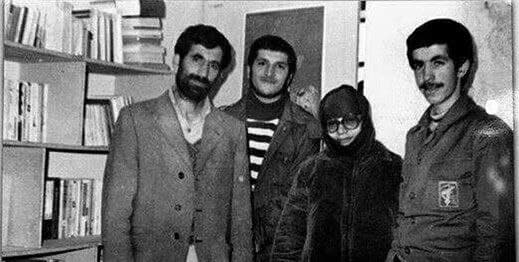
Now why there are fewer women as a result of the election; These are factors that need to be addressed instead, examined, and analyzed and pathologically. For example, one of these factors is cultural barriers. For example, ethnicity is very effective in some constituencies in cities. In these cities, ethnicities are central and important, and the vote is a tribal vote. Well, this damages the principle of political participation and the principle of meritocracy, and consequently the political participation of women. The damage that ethnicity and sectarianism do is not limited to women; Rather, it removes the worthy, whether male or female. These are the damages that need to be addressed in order for competence, thinking and discourse to be the focus of elections; Not ethnicity, wealth and the cost of elections. When the criteria of ethnicity and wealth are raised, both the deserving and the women are automatically harmed.
But since the Islamic Republic has provided the opportunity for women to be elected, yes, it has done so, and it is clear.
What about political posts? Do you think that women have been able to hold important positions after the revolution?
In terms of political positions in the Islamic Republic, women have progressed to vice president. They became governors, serving on important women’s diplomatic missions. For example, the important and strategic delegation that Imam Khomeini (as) chose to convey his message to Gorbachev, the former Soviet leader, was a three- or four-member delegation, one of which was Marzieh Hadidchi Tanner. This raises the high status of women in political participation.
Before the revolution, 6% of women had a university education
In the social and cultural spheres, women’s participation is much more significant. Before the revolution, only six percent of our university graduates were women, but now that number has risen to more than 50 percent. At one point in the 1970s, 68 percent of college entrants were women. Even now it is about 60%.
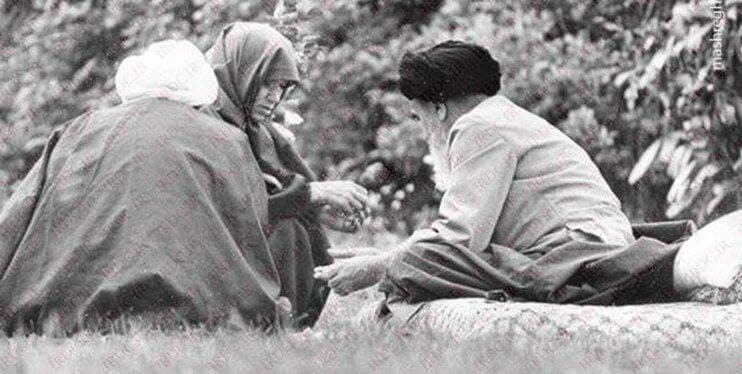
We trained 100,000 female doctors over forty years
After the revolution, we were able to train 100,000 female doctors, from general to specialists and subspecialists. Before the revolution, this figure was not a significant number. We didn’t even have many male doctors, let alone female doctors! Before the revolution, most doctors came from abroad.
The same is true of social organizations. Today, we have hundreds of social organizations in the field of welfare, support for homeless families, financial aid, lending, good credit funds, etc., which are the responsibility of women.
Women are also very active in parties. In election campaigns, in addition to the fact that we always have a department called the Deputy for Women’s Affairs, sometimes we even have a women’s headquarters, and the women themselves form the headquarters. Even at that headquarters, there may be officials or deputies for the women’s campaign. Especially in the presidential elections. This is also political participation. They also made great strides in the social, cultural, religious, and financial spheres, and in the various spheres of women.
In your opinion, what happened after the victory of the Islamic Revolution that caused this leap in women’s socio-political participation?
I did a scientific research and the result of this research was published as a scientific-research article in the journal “Women and Family” affiliated to Al-Mustafa University. According to the results of this study, four main factors have contributed to increasing women’s socio-political participation in the Islamic Republic, which are: Trust, 2. Education, 3. Islamic identity and 4. Type of political system.
The first factor was trust. Participation does not happen without trust. First, the public space of society must be reliable for women to enter and women must feel safe in the public space of society. The Islamic Republic and the Islamic Revolution created this trust. Because he changed the way he looked at women from that instrumental look. He recognized the instrumental view of women as beings who serve material goals, promote consumerism, are the agents of fashion, promote the capitalist system, and are sometimes given to men as a tool. This view changed and the woman was introduced as a creature with heaven under her feet and the position of her mother. The hedonistic, instrumentalist view, the factor promoting the sale of goods and things like that, changed and in the Islamic Republic, the high position of the mother in Islam became the basis of work. This was an issue that increased women’s confidence in the social environment and in the authorities, and made them feel safe in the public sphere and in offices and organizations.
The hijab itself! Hijab became immunity and immunity builds trust. Trust also creates a sense of security. These are interrelated. When a woman feels safe in a public environment, she trusts it.
Women trusted the authorities and those who worked with them. Trusted the support of the political system in cases where women’s rights were violated; Because the system of the Islamic Republic supports women with all its might based on religious beliefs. These increased trust.
Has women’s educational literacy also been effective? Unfortunately, before the revolution, the number of illiterate women was very high.
Yes, exactly the second factor that caused the participation leap was education. I have seen in some statistics that the number of literate women before the revolution was over 26 percent, while the statistical yearbook of the Pahlavi regime according to the 1976 census says that only 26 percent of women were literate. This is what they themselves declare, but some people who write articles present the number of literate women more than the official statistics of the Pahlavi government! The 1986 census shows that literacy among women has reached 52% and has exactly doubled.
Until 1981, when we were involved in the consolidation of the regime and the hypocrites, and the bombings, and parts of the government, such as the executive branch, were also in the hands of the liberals. From 1981, when the religious forces were deployed, to 1986, in these five years, in fact, women’s literacy has doubled. This percentage has increased to more than 70% in 1375. That is, more than 70% of women were literate. This also discusses the impact of education on increasing participation. When you want to participate, form a party, vote, run for office and do social work, these require education, literacy and higher education, and without education you can not participate in socio-political affairs.
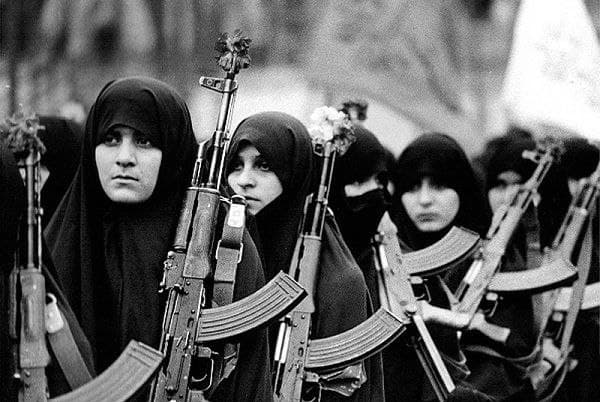
On this account, can it be said that the “Islamic Republic” itself and Imam Khomeini himself have encouraged women to have a strong presence in the political arena?
Yes, it was the Islamic Republic and the Imam himself who encouraged women to enter the social arena based on their religious teachings. According to the verses of the Qur’an, the status and dignity of women in Islam and hadiths about the status of women did so. After that, the type of political system was effective. In authoritarian and non-democratic systems, participation is generally low; Whether women’s participation or men’s participation. As it was said during the Pahlavi regime, there were Syrian parliamentary elections and there were no elections! Our political system, the system of the Islamic Republic, is based on religious democracy and there is a plurality of power in this system. Power is not concentrated in one place and we have multiple powers. Part of the power lies with the executive and the president, part with the parliament, and part with the Guardian Council, which can pass laws that may be inconsistent with Islam or the constitution. It also exercises power to monitor elections and verify the qualifications of candidates. Part of the power is also in the hands of institutions such as the institution of Friday prayers and the respected Friday Imams and.. This distribution of power in different parts is called multiplicity of power. For example, part of the power in the local area is in the hands of the councils, which also have multiple powers.
Therefore, this Islamic system is not comparable to the political system before the revolution.
When there is pluralism, there is a multiplicity of centers of power, there are real elections, and the parliament finds its true place, the motivation for participation increases, and the participation of everyone, including women, increases.
End of message /
